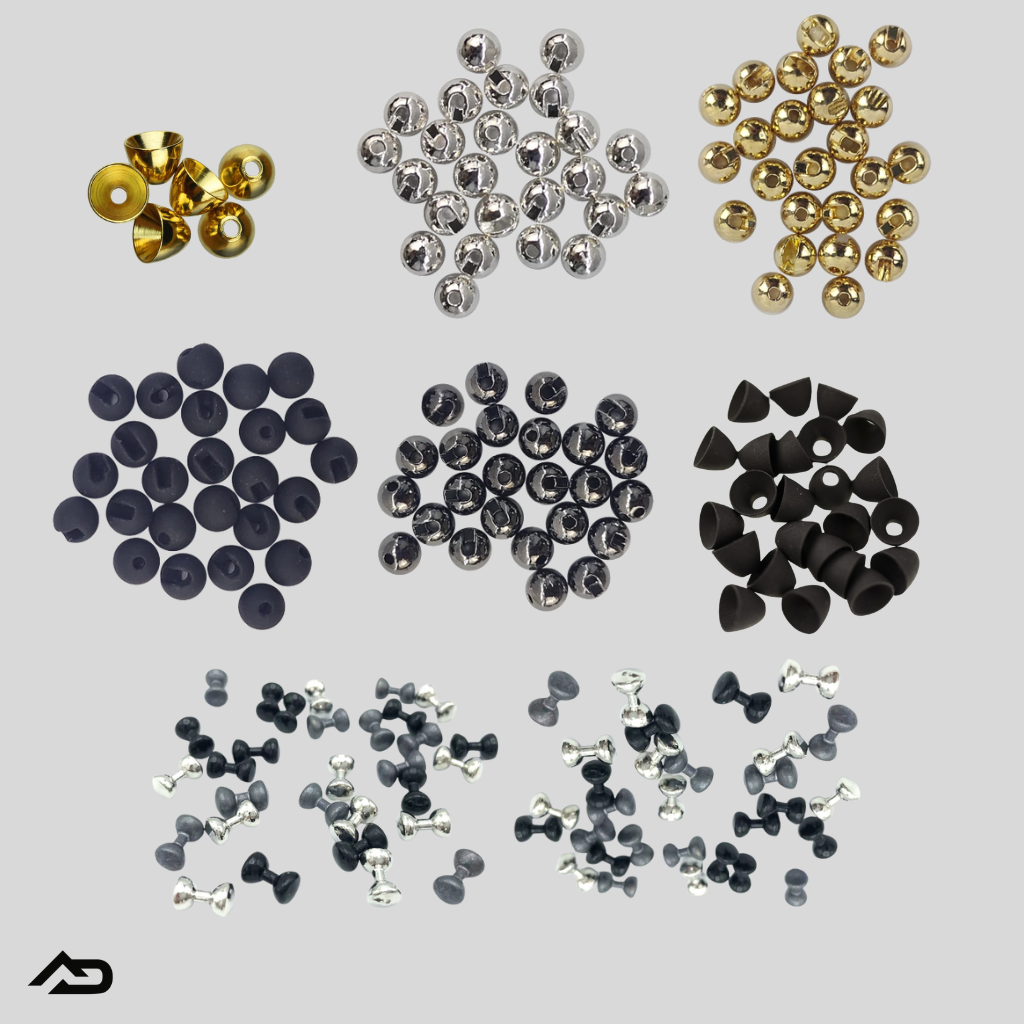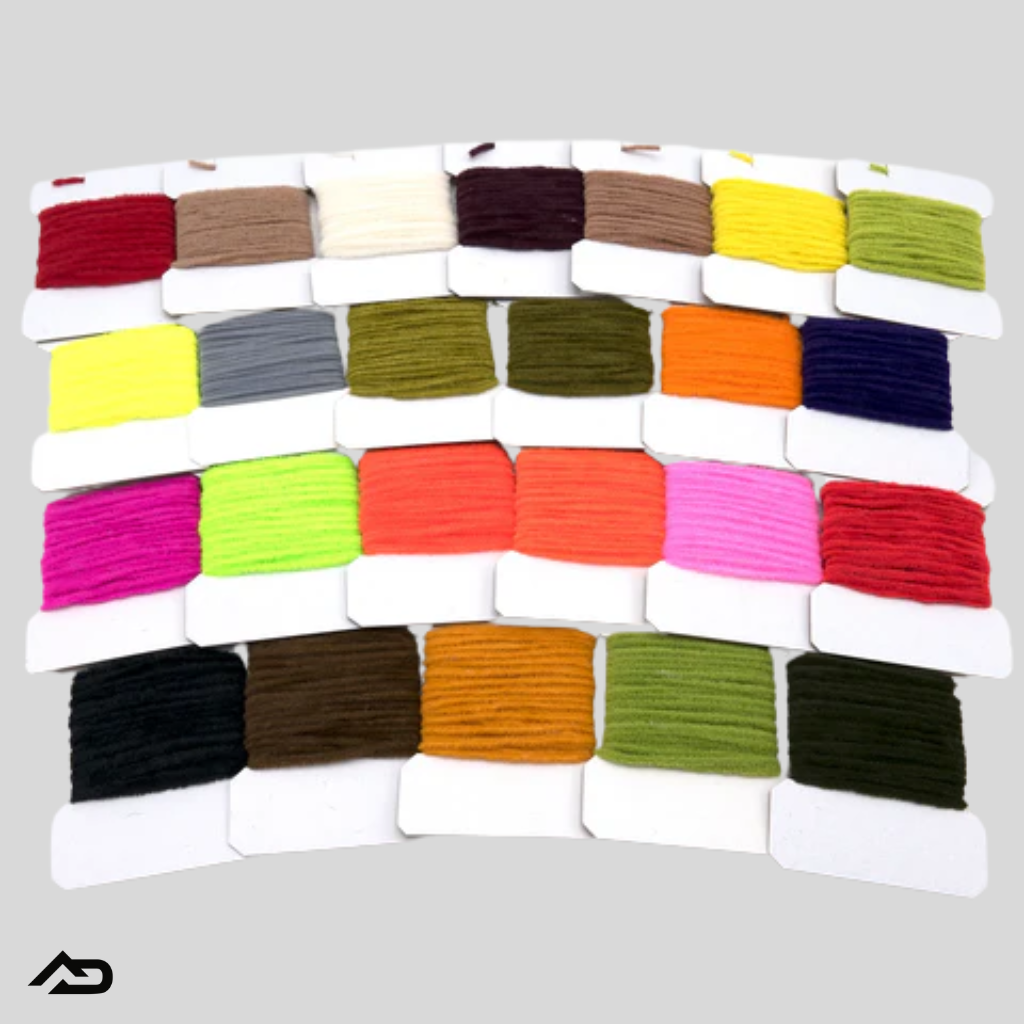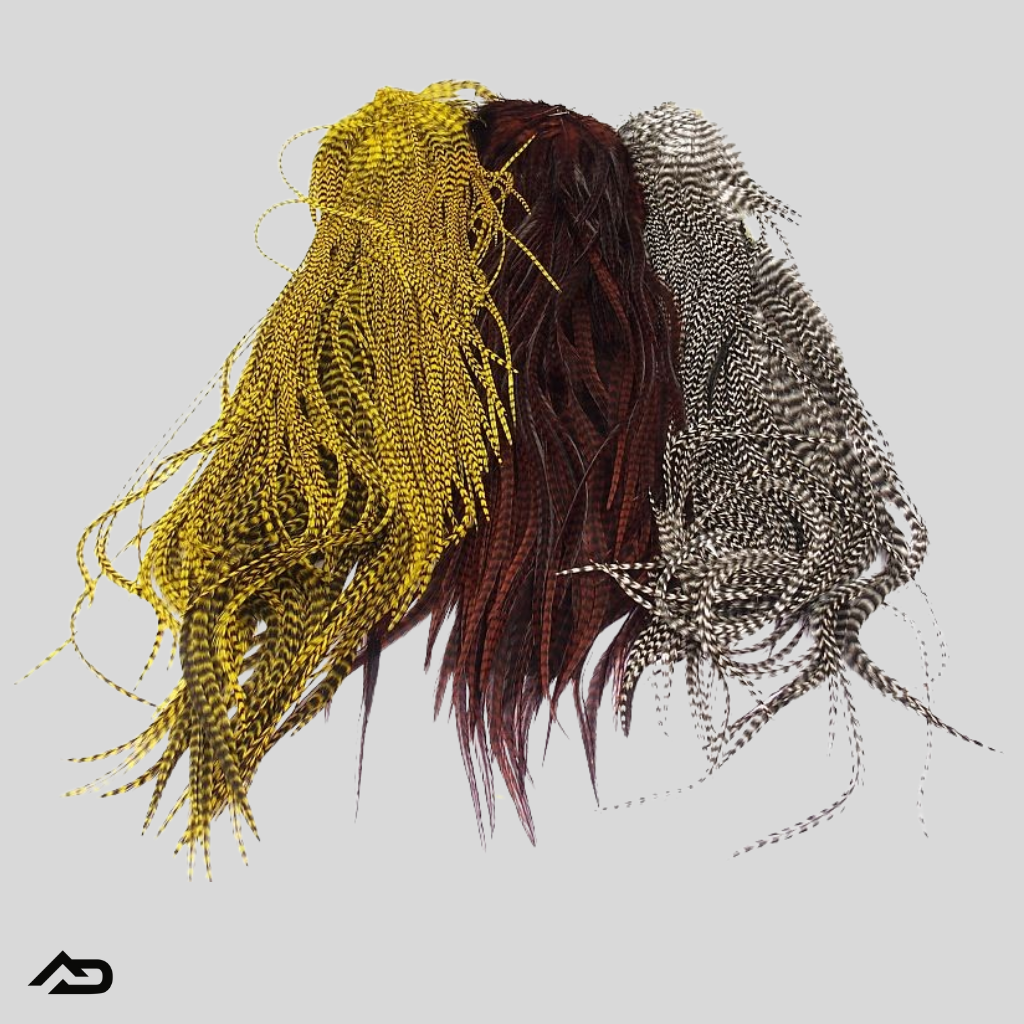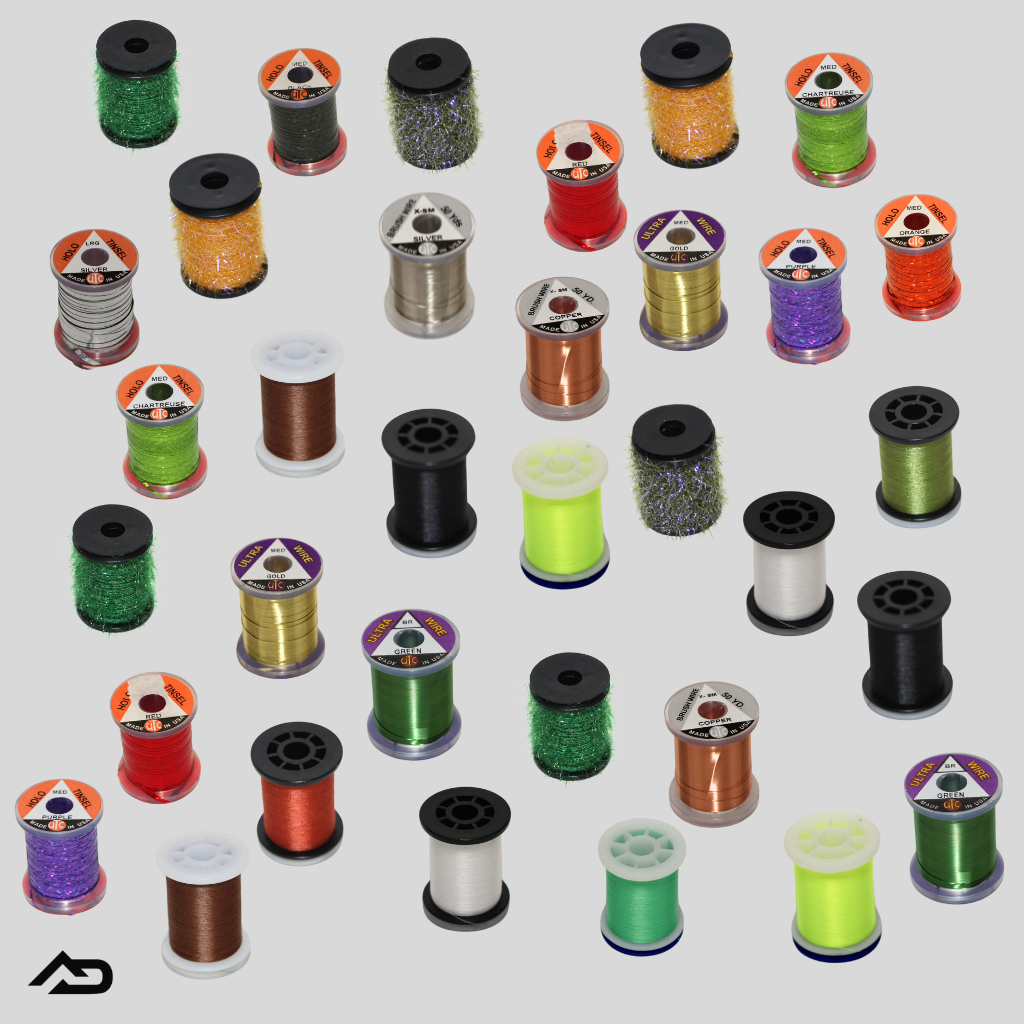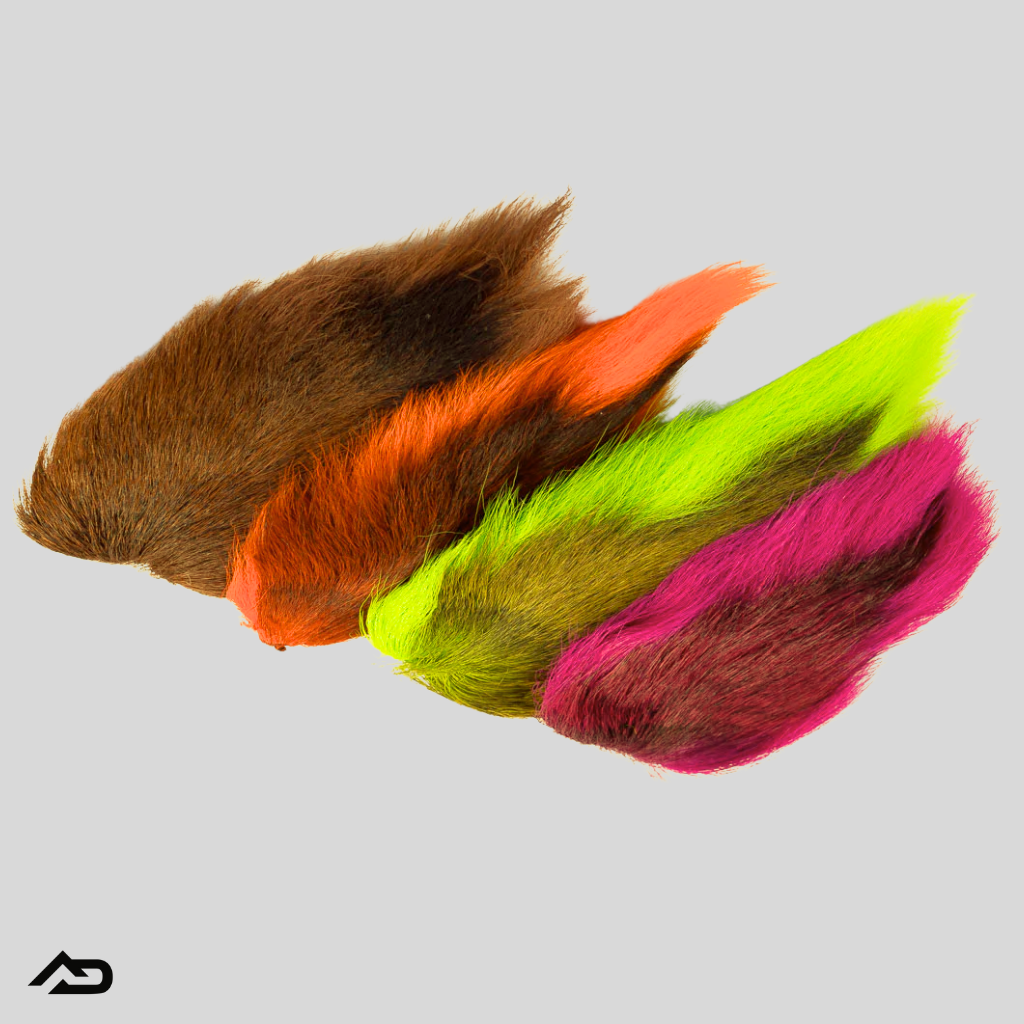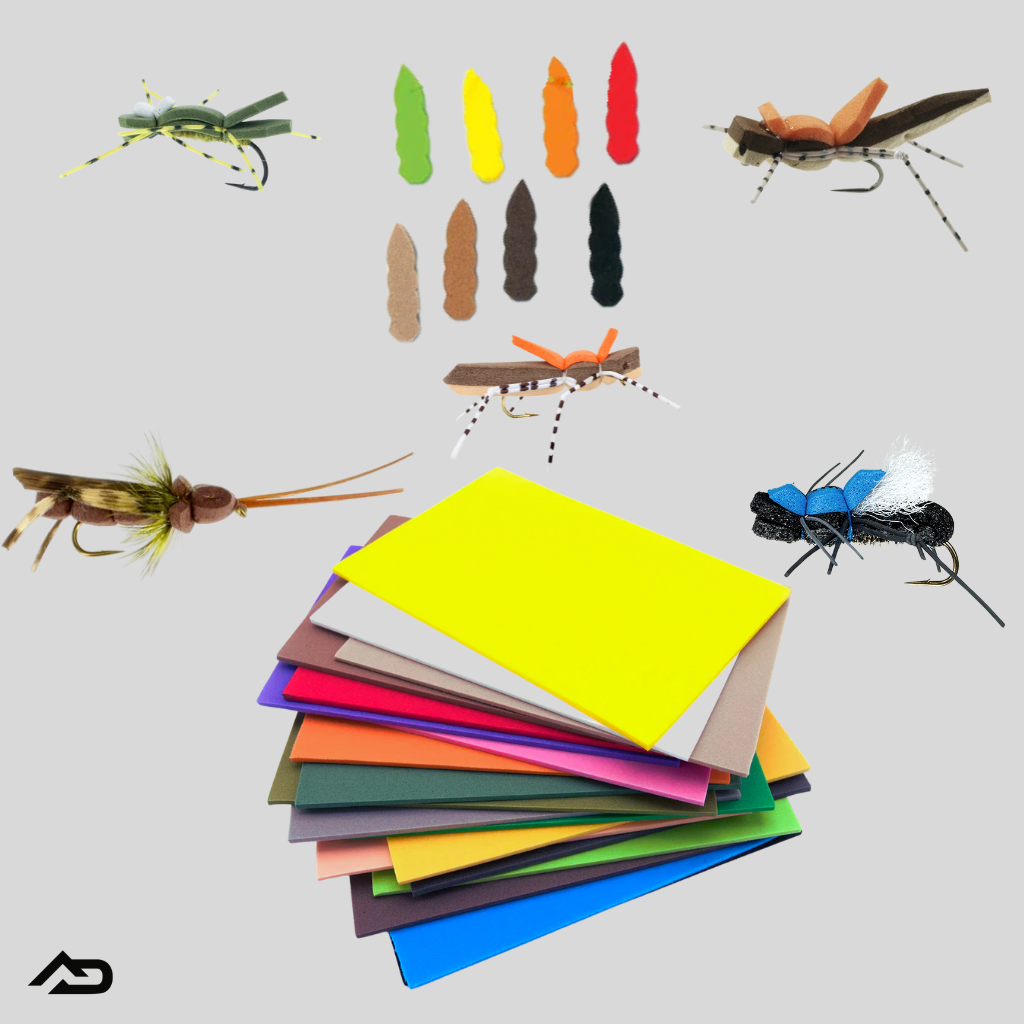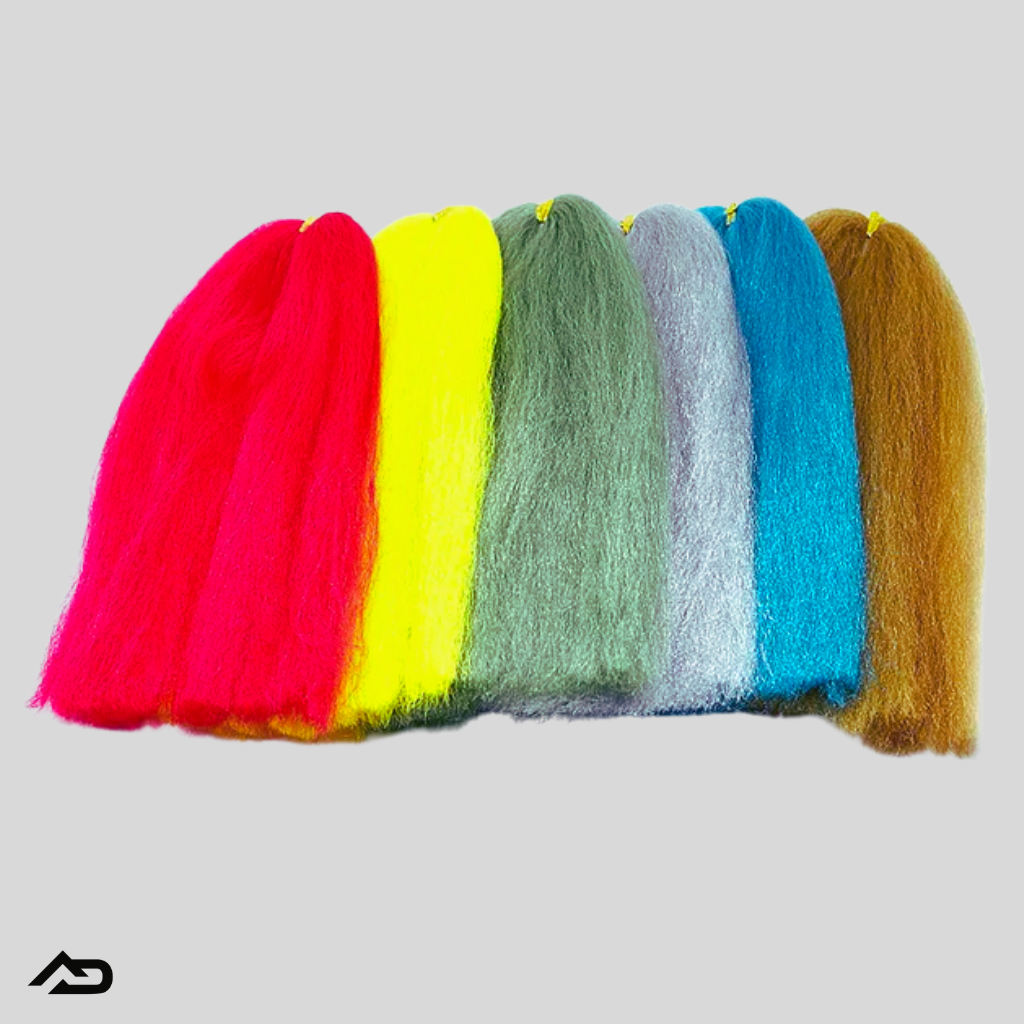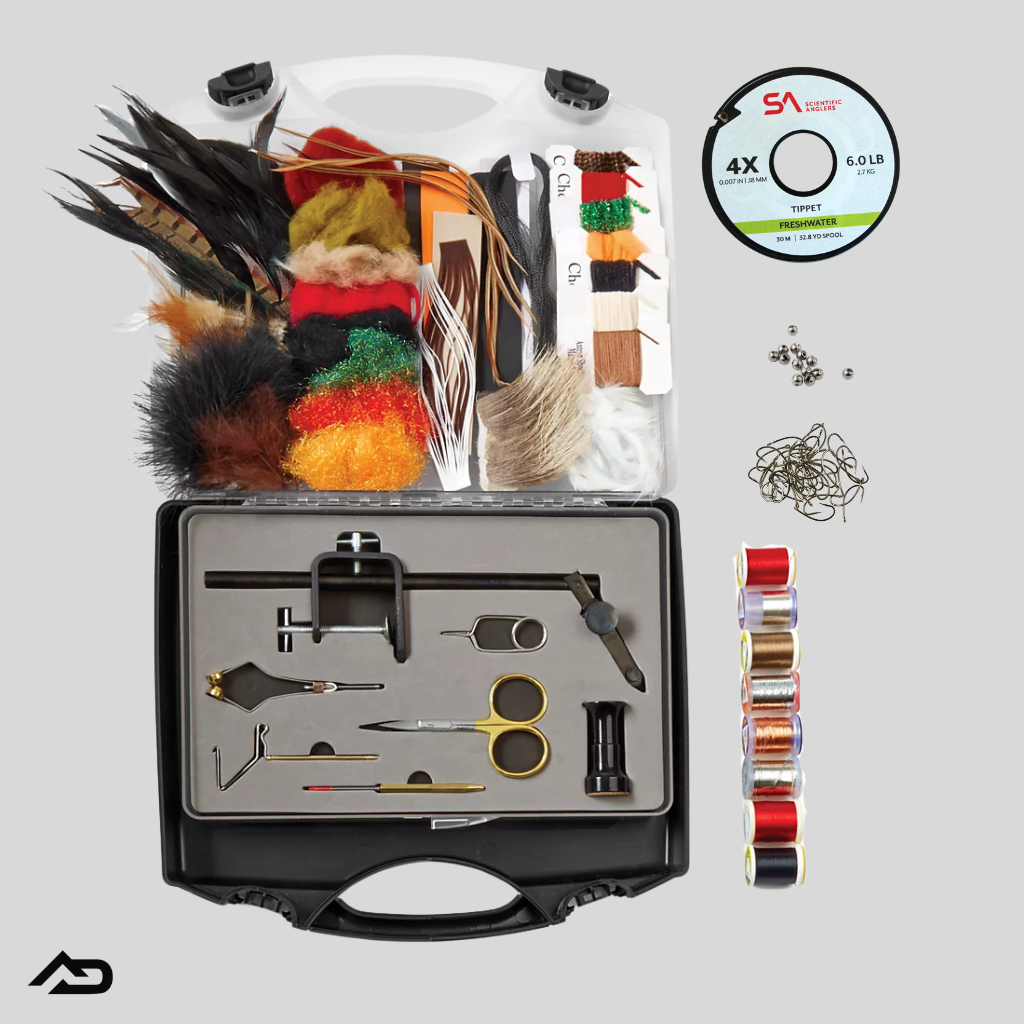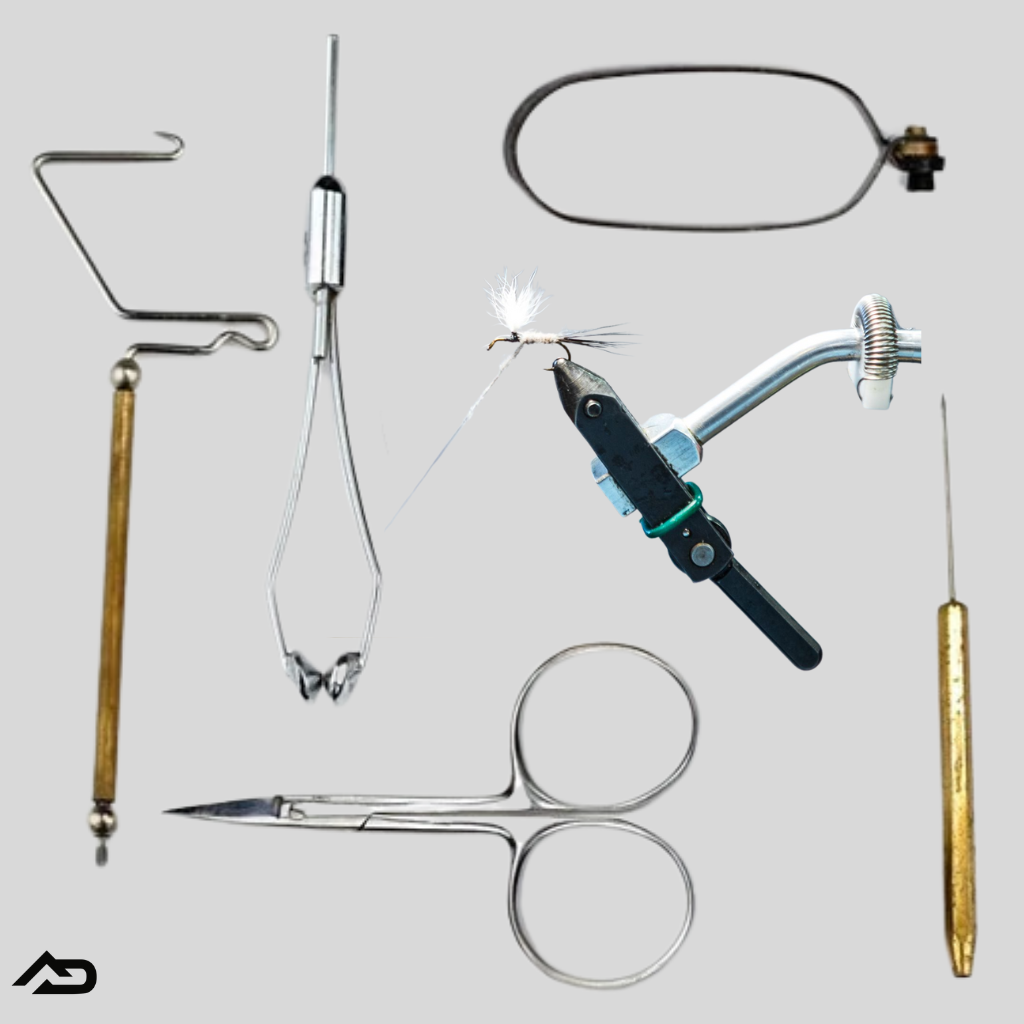Fly Tying
Whether you're just getting started or a seasoned tier at the vise, our fly tying collection has everything you need to bring your patterns to life. Explore premium hooks, dubbing, feathers, synthetic fibers, tools, kits, and materials trusted by expert tiers across the country. From dry flies to streamers, we stock top brands like Hareline, Wapsi, and our own Anglers Den gear to support your next creation. Organized by category so you can quickly find exactly what you need, whether you’re tying for trout, bass, or saltwater species.

